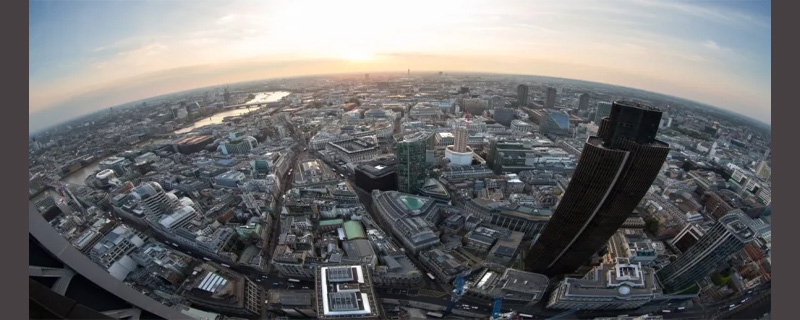Retrofit First Says City Corporation
As global climate activists, investors and governments descend on Dubai for Cop28 the central aim is to tackle the climate crisis and bring global temperatures under control.
At the 2015 Paris Climate Summit, world leaders promised to try to stop the planet heating by 1.5C by the end of the century. But current policies are set to heat it by around 2.4C.
Globally we’ve seen investors drive real change in how seriously firms take climate change. And there is recognition that getting to net zero and achieving our environment targets is not just essential to tackling climate change and biodiversity loss, it is also a huge growth opportunity.
At the City Corporation we’ve been taking a number of actions to contribute to that goal. Just this month we published a report showing that we are on course to meet our target to become operationally net zero by 2027, ahead of becoming an entirely net zero City by 2040.
One area where there remains a lot of work to do, however, is within the built environment sector. Amid a strong year for planning and development, with large increases in project starts, applications and approvals on last year, the built environment sector accounts for around 42 per cent of the City’s total carbon emissions. This presents a huge challenge with both job growth and demand for office space in the Square Mile surging, despite the post-pandemic hybrid working model apparently here to stay.
To address this challenge, we have provided a clear policy direction for developers to assess the whole life-cycle of carbon options for proposals. Our advice sets out how planning applicants should consider ways to ensure that carbon emissions resulting from development are reduced as much as possible. This approach promotes the reuse and retrofit of existing buildings, instead of demolition and redevelopment. And it encourages driving whole life-cycle carbon emissions down from the construction and operation of both retrofitted and new buildings, too.
According to Deloitte’s recent Winter Crane Survey, there were 124 office projects in progress across London, with 34 buildings this year retrofitted – half of which were delivered in the Square Mile. The City Corporation is now moving towards a “retrofit first” approach, where reuse and refurbishment of existing buildings, structure and materials must be given serious consideration in any planning application.
The new guidance applies to major developments – those with a greater floorspace uplift than 1,000 sqm – and developments which propose knocking down most of the existing structure. Recent examples of buildings to be refurbished rather than demolished include the redevelopment of Fleet House, on New Bridge Street, which was approved in January and will see almost three quarters of the existing structure retained. Other projects include 81 Newgate Street – transforming a 1980s office building into a mixed-use development, avoiding three years of demolition and construction and provoking a 46 per cent carbon emissions reduction.
These projects alone amount to tens of thousands of tonnes of carbon emissions saved, and we will be seeking to enshrine this ‘retrofit-first’ approach into the City Plan, forming the strategic basis for how the City develops over the years ahead to 2040.
In an area as diverse, dynamic and well-connected as the City, there will always be the potential for new builds. But this guidance, which supports our ambitious sustainability targets, will promote lower carbon alternatives where appropriate and assist developers in putting carbon considerations front and centre.
Where there’s a lot of doom and gloom, this can be one bright spot in our net zero journey.
Source: City A.M.







Leave a Reply
Want to join the discussion?Feel free to contribute!